Pairing Wine with Seafood and Fish
When it comes to pairing wine with seafood and fish, the general rule of thumb is that whites rule. But is that always the case?
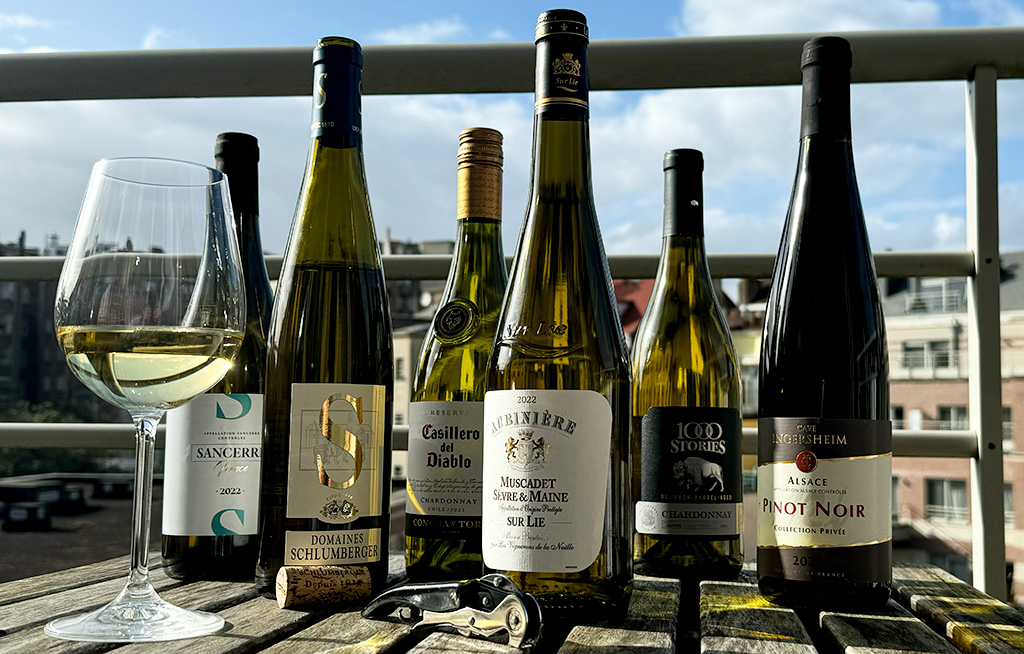
A cool, crisp white and a plate of seafood can be a combination so harmonious it’ll have your tastebuds belting out notes like Freddy Mercury. For me, it’s mussels and Muscadet. I want it all. And I want it NOW!
But before you pop the cork on your favorite white, keep in mind factors such as the wine’s body, acidity, sweetness, and aging process. They can guide you to finding the perfect pairing.
What’s more, just because you’re having fish doesn’t mean you’re obligated to drink white wine. Reds and rosés absolutely have their place, too.
So if fish or seafood is on the menu and you’re wondering what to serve with it, I’ve got you covered. Read on for the best wines to pair with seafood and fish.
Sparkling Wines: Champagne and Prosecco
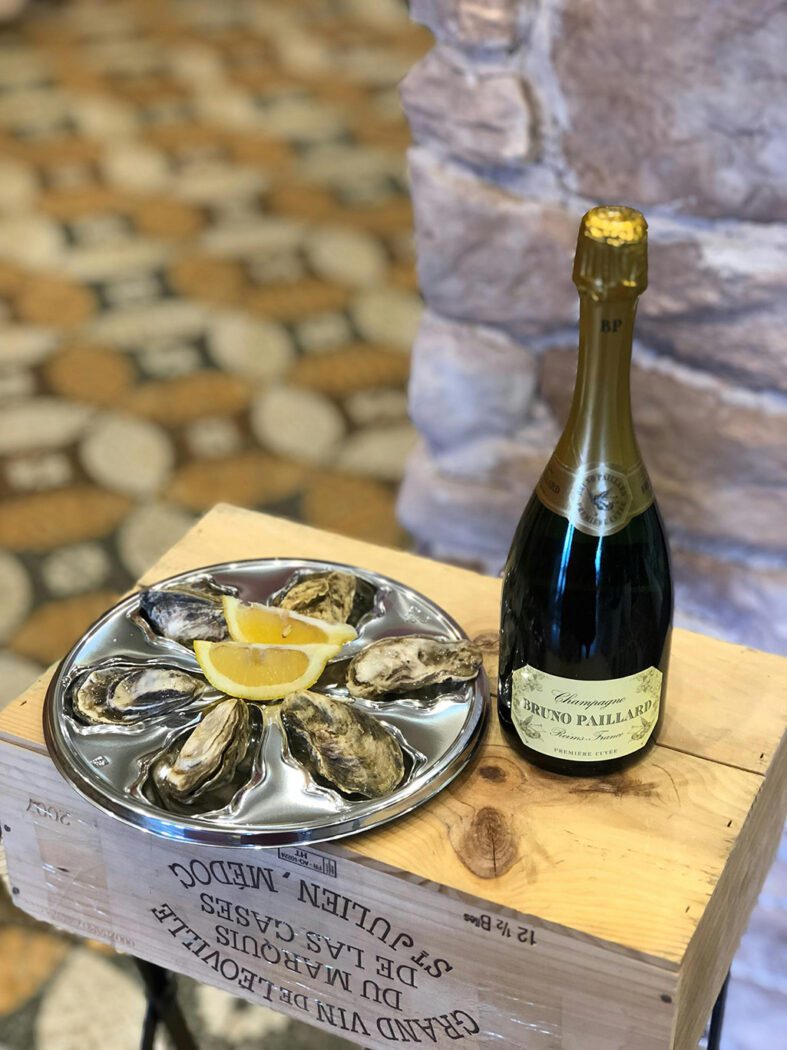
Sparkling wines aren’t just for fancy occasions! Thanks to their refreshing acidity, effervescence, and overall versatility, they’re actually a foolproof pairing for seafood and fish. The crisp and clean profiles of Champagne and Prosecco are spot-on for raw fish dishes such as oysters, caviar, sushi, and sashimi.
What’s great about sparkling wines is that they pair surprisingly well with fried fish, too. The bubbles not only add a layer of complexity to the pairing, but help cleanse the palate between bites, cutting through the richness and oiliness of fried fish. Sparkling wine’s crisp texture complements the crunchiness of fried fish, creating an enjoyable contrast.
Pair with:
- Oysters
- Caviar
- Sushi and Sashimi
- Fried Fish
Crisp, Dry Whites: Muscadet, Chenin Blanc, Pinot Grigio, Chablis, Unoaked Chardonnay
Crisp and dry describe wines that are bright, acidic, and lack sweetness. These wines pair exceptionally well with clean, raw fish brimming with freshness – think sushi, sashimi, and oysters. The minerally and tart flavors – citrus, green apple, pear, and honeysuckle – found in wines like Chenin Blanc and Chablis complement the briny, salty essence of the seafood without overpowering it.
Muscadet, for example, hails from the Loire Valley in northwest France, where mussels and oysters are a religion. Aged on lees – suspended dead yeast particles – muscadet’s citrusy, saline-like qualities round out a plate of fresh mollusks.
Other excellent pairings include lean and delicate white fish, such as halibut, snapper, and sea bass.
Pair with:
- Sushi and Sashimi
- Mollusks, such as oysters, mussels, and scallops
- Lean and delicate white fish
Herbaceous Whites: Sauvignon Blanc, Sancerre, Grüner Veltliner
Herbaceous wines exhibit prominent herbal flavors and aromas, ranging from green and jalapeno pepper to grass, sage, thyme, basil, and mint. These wines pair exceptionally well with lighter, herb-driven seafood dishes and salads
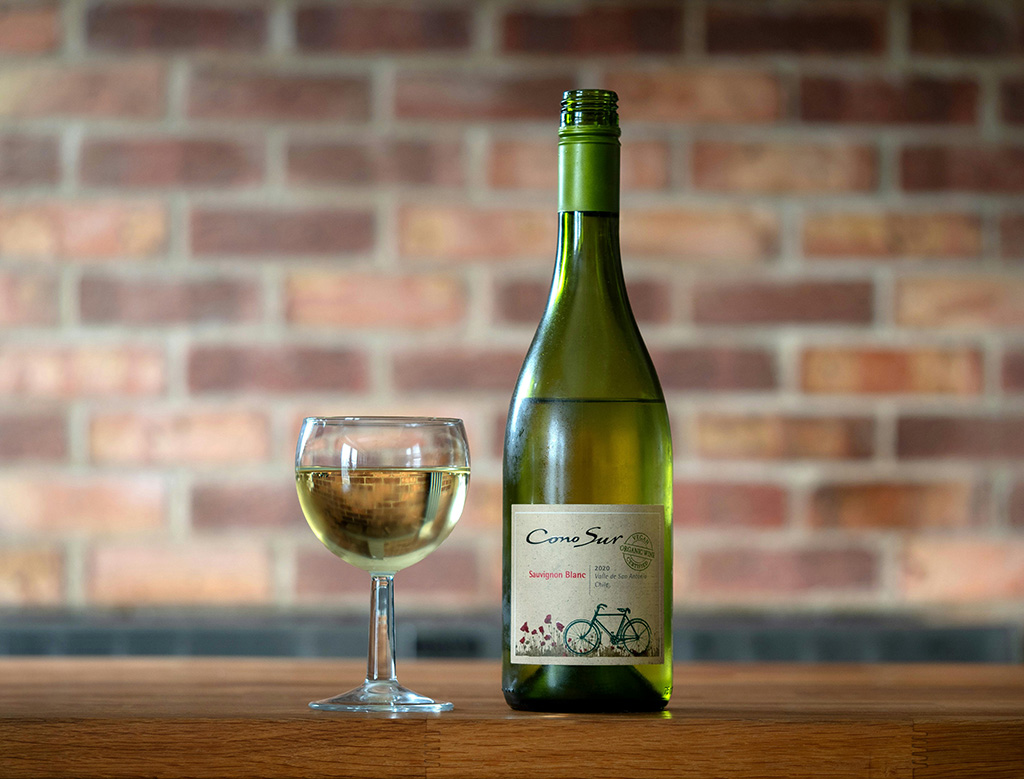
For instance, Sauvignon Blanc’s herbal notes enhance the flavors of simple seafood dishes and fish, such as cod and halibut, without overpowering them. Even better if those dishes feature parsley, rosemary, thyme, and basil. A fruitier, citrusy Sauv Blanc, on the other hand, works well with shellfish which are often just lightly cooked, like clams, crab, prawns, and scallops.
Sancerre has similar characteristics to Sauvignon Blanc, but a more pronounced minerality and body that combines well with grilled fish, seafood salads, and seafood pastas
A lesser known wine on this list, Grüner Veltliner, is an Austrian white known for its high acidity and notes of lemon, honey, and white pepper. Its spicy, tingly acidity makes it a perfect match for smoked fish and fish dishes featuring asparagus and artichoke.
Pair with:
- Fish dishes featuring vegetables like asparagus and artichoke
- Seafood salads with tart vinaigrettes
- Shellfish
- Simple, lightly seasoned fish including cod, haddock, halibut, sea bass, snapper
- Smoked fish
- Sushi and Sashimi
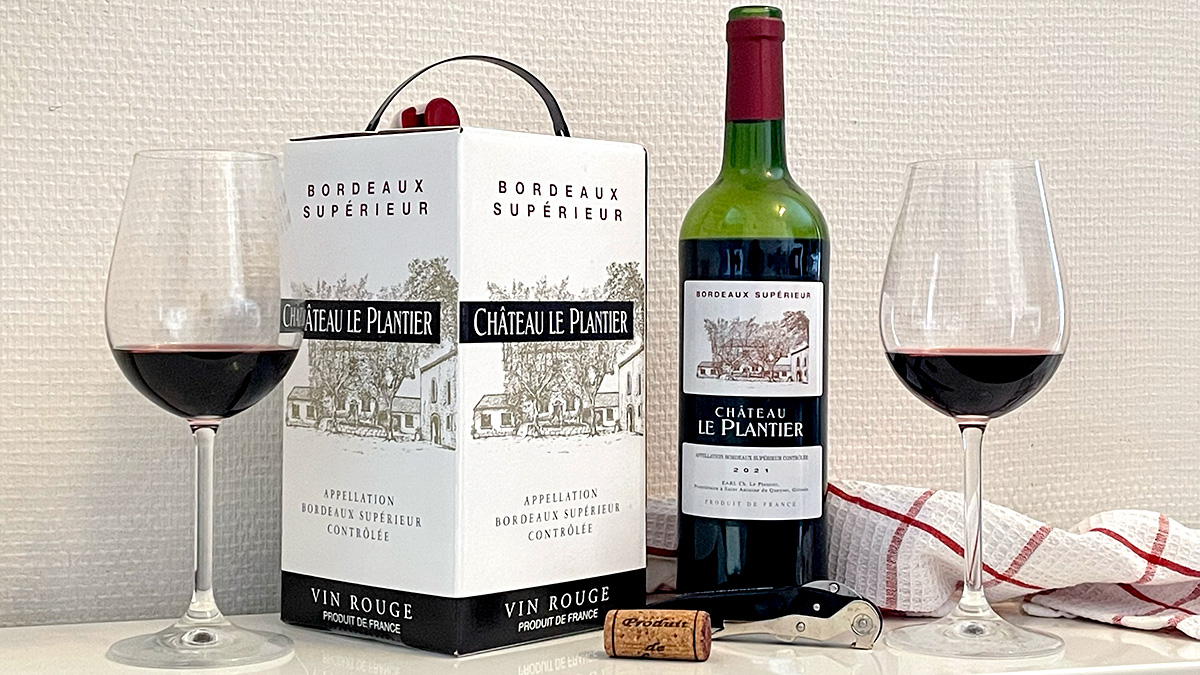
Want more wine? Explore my recent in-depth comparison of boxed and bottled wine.
Medium-Bodied Whites: Gewurztraminer, Riesling, Pinot Gris
Medium-bodied whites have an alcohol content between 12.5% and 13.5%. These wines can run the gamut from sweet and dry, depending on the amount of residual sugar retained during fermentation. Some of the most famous medium-bodied white wines – Gewurztraminer, Riesling, and Pinot Gris – hail from the Alsace region, straddling the border between northeast France and southwest Germany
The aromatic and fruity nature of Riesling, ranging from apricot and nectarine to honeycrisp apple and pear, pairs well with Spicy Asian seafood featuring shrimp and crab. While the same goes for Gewurztraminer, its sweeter notes of lychee, rose, ginger, and honey are a match made in heaven for smoked fish, like salmon or trout.
Seeing both Pinot Gris and Pinot Grigio on this list, you might be wondering what’s the difference? Pinot Grigio comes from the Lombardy region of Italy while Pinot Gris has origins in Alsace, in France. While they’re the same grape, Pinot Gris has a slightly sweeter profile of white peach and nectarine, as well as notes of almond, cinnamon, honey, and clove. Its long aftertaste lends itself to lighter seafood meals with fresh vegetables, such as sea bass or flaky tilapia. In France, it’s often paired with mussels, clams, and oysters.
Pair with:
- Spicy Asian seafood dishes featuring shrimp and crab
- Smoked fish such as salmon or trout
- Lighter seafood meals, such as sea bass or flaky tilapia with vegetables
- Mollusks, such as mussels, clams, or oysters.
Full-Bodied Whites: Voignier, Oaked Chardonnay, Sémillon
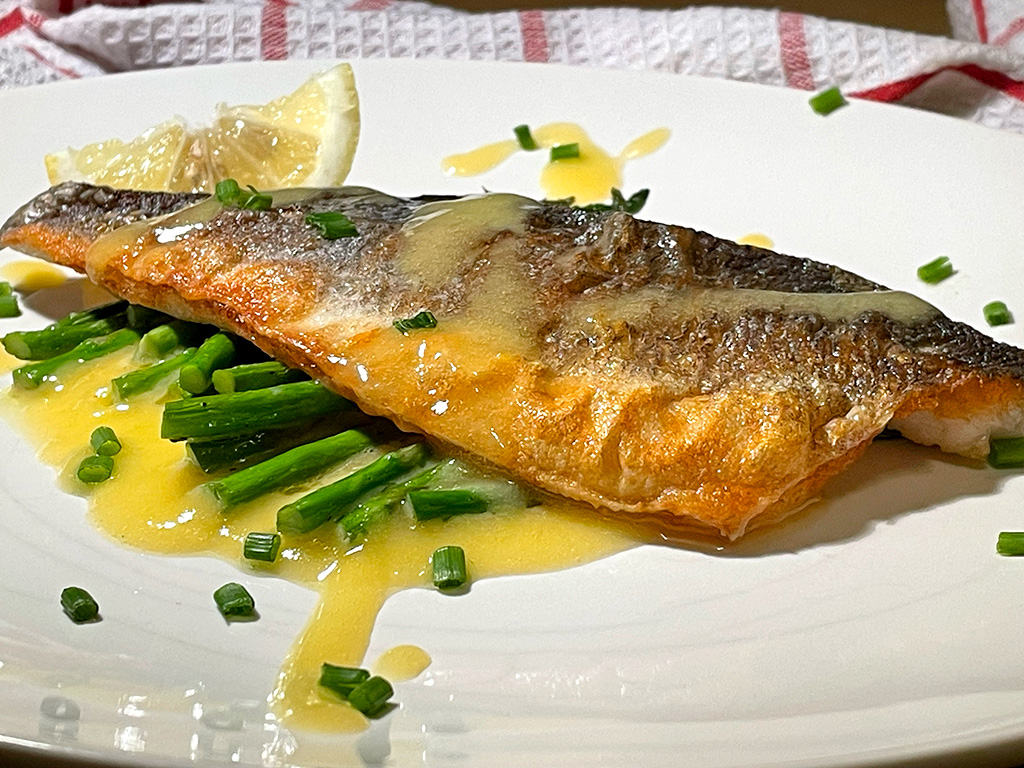
Full-bodied white wines have a higher alcohol content, generally over 13.5%. Often aged in oak barrels, these wines are rich and viscous and can feature toasted notes of vanilla, chamomile, and hazelnut.
Heavier fish, such as salmon, tuna, and mahi mahi pair well with full-bodied wines like an Oaked Chardonnay. Viognier’s floral aromas, along with notes of stone fruits like peach and apricot, complement the delicate flavors of shellfish, such as shrimp, crab, and lobster. Sémillon’s oily texture yet complex flavor profile from citrus to honey and nuts make it a great match for fuller-bodied or meatier fish dishes.
And bring on the butter and cream-based sauces! The balanced acidity and buttery quality of these wines enhances the mouthfeel of richer seafood dishes, such as this sea bass with beurre blanc, creating a harmonious pairing.
Pair with:
- Meaty or oily fish, such as salmon, mackerel, tuna, or mahi mahi
- Shellfish such as lobster and crab
- Seafood risottos and pastas
- Seafood featuring butter or cream-based sauces
Pairing Red Wine with Fish and Seafood
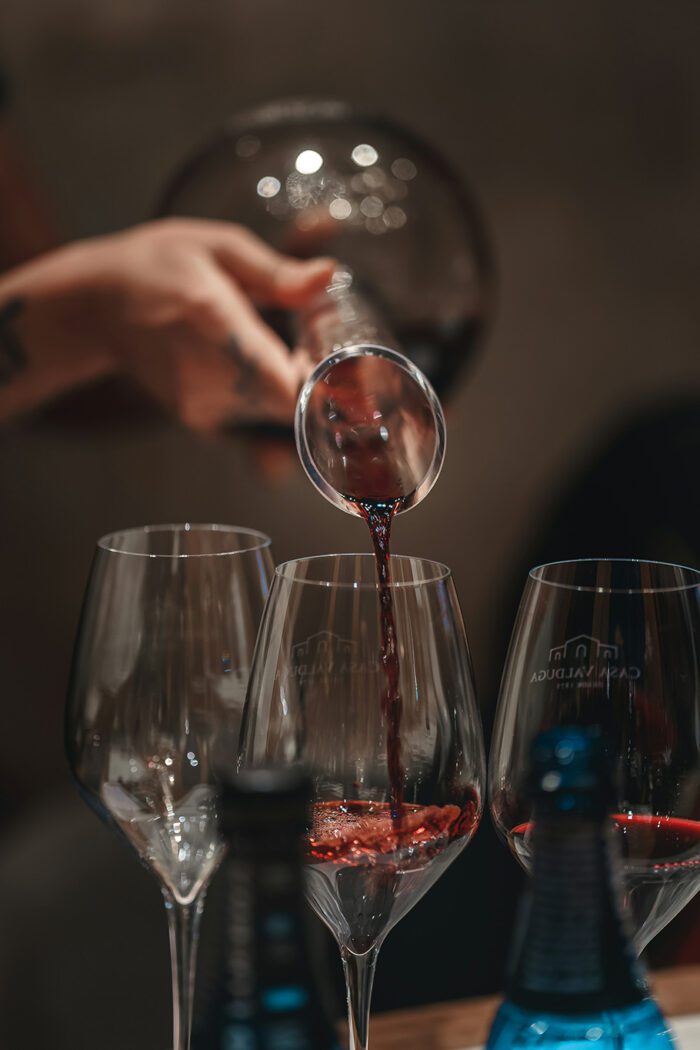
It’s a myth that you can’t pair red wine and seafood. The key is to go light.
Big, bold reds, such as Malbec, Syrah, or a full-bodied Cabernet, run the risk of overpowering the delicate taste of many fish and seafood dishes.
Lighter reds with a softer profile, such as Pinot Noir, go well with meaty, steak-like fish that’s cooked simply, like grilled salmon, tuna, shark, or swordfish. A juicy, fruit-forward red, such as Beaujolais, marries favorably with slightly richer seafood stews or pastas cooked in tomato-based sauces. A lighter-bodied Merlot with minimal oak influence can work exceptionally well with seafood risottos.
Whatever you do, skip the lemon. Acids and tannins naturally clash, producing a bitter or metallic taste that can ruin the subtle nature and flavor of your dish.
Pair with:
- Meaty fish cooked simply, such as on the grill, like salmon, tuna, shark, or swordfish
- Seafood stews and pastas cooked in a tomato-based sauce
- Seafood risotto
What about Rosé?
Rosé is also an excellent pairing for fish. It can often strike the right balance with dishes featuring a sauce that’s heavier than what would pair with a white.
For example, with fruity rosés, consider lightly spiced fish dishes, or richer seafood stews or pastas cooked in tomato-based sauces. With crisp, dry rosés, opt for seafood salads or raw or lightly cooked shellfish, such as oysters or shrimp. Fuller-bodied rosés work well with pink, meaty fish, like salmon. The fruitiness adds depth to the pairing, while the acidity of the wine helps to balance the oiliness of the fish.
Pair with:
- Seafood salads
- Oysters or shrimp
- Seafood stews or pastas
- Salmon
The Best Wines for Seafood and Fish
As you can see, when it comes to pairing wine with seafood, whites are without a doubt the most common pairing. But don’t sleep on reds and rosés – they work with a surprising number of fish-based dishes.
Truth be told, though, the best wine to pair with these dishes is whatever YOUR taste buds prefer. There’s no right or wrong way to go. What matters is that you enjoy it.
What are your favorite wine and seafood pairings? Let me know below!

